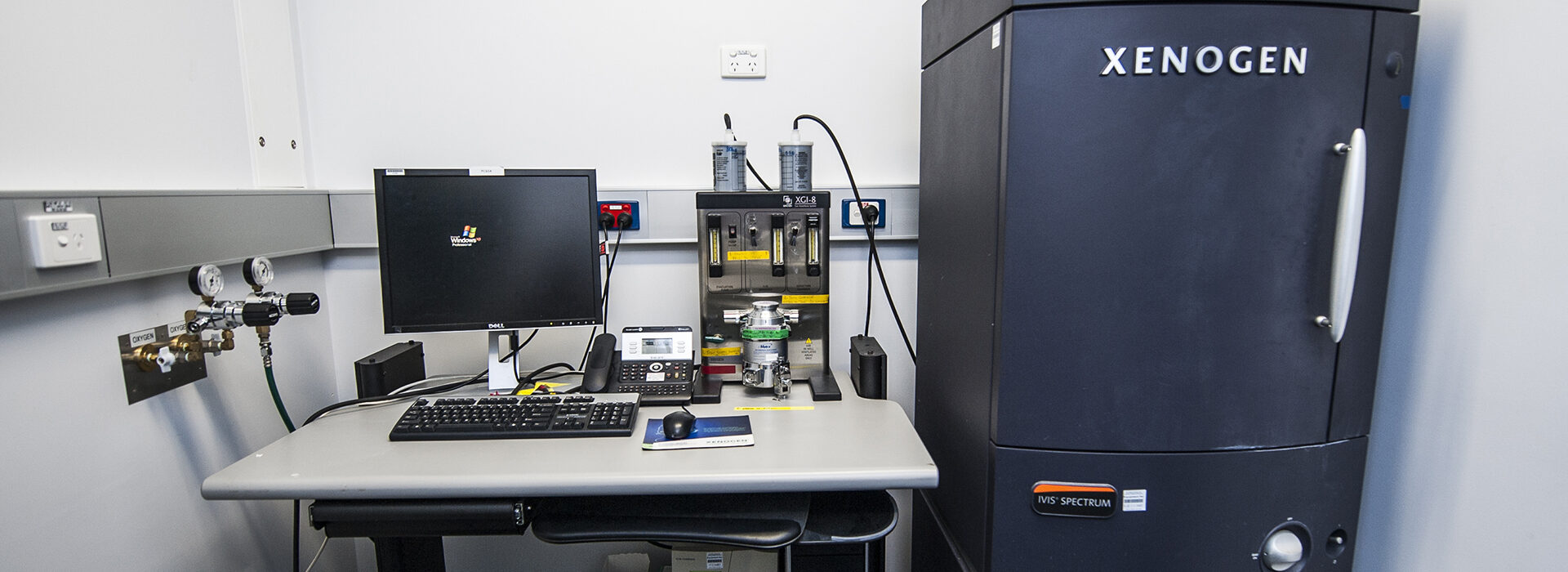Micro computed tomography (micro-CT) is X-ray imaging in 3D. The SkyScan 1276 is a high-performance standalone in vivo micro-CT system that gives researchers flexible options for scanning preclinical models and biological samples. Non-destructive handling allows for longitudinal studies of the same sample.
The platform enables both round and spiral (helical) scanning and reconstruction, and low dose imaging for longitudinal studies.
Continuously variable magnification allows users to scan samples with high spatial resolution down to 2.8 μm pixel size.
Variable X-ray energy combined with a range of filters ensures optimal image quality for diverse research applications, including lung tissue and bone.







